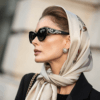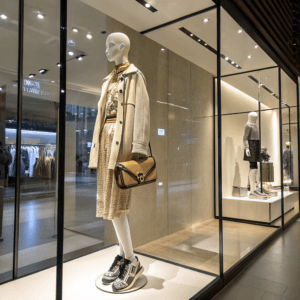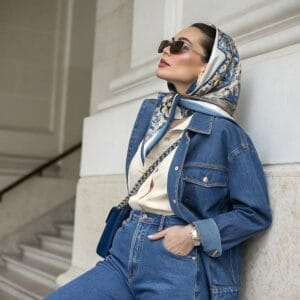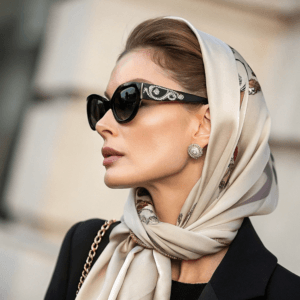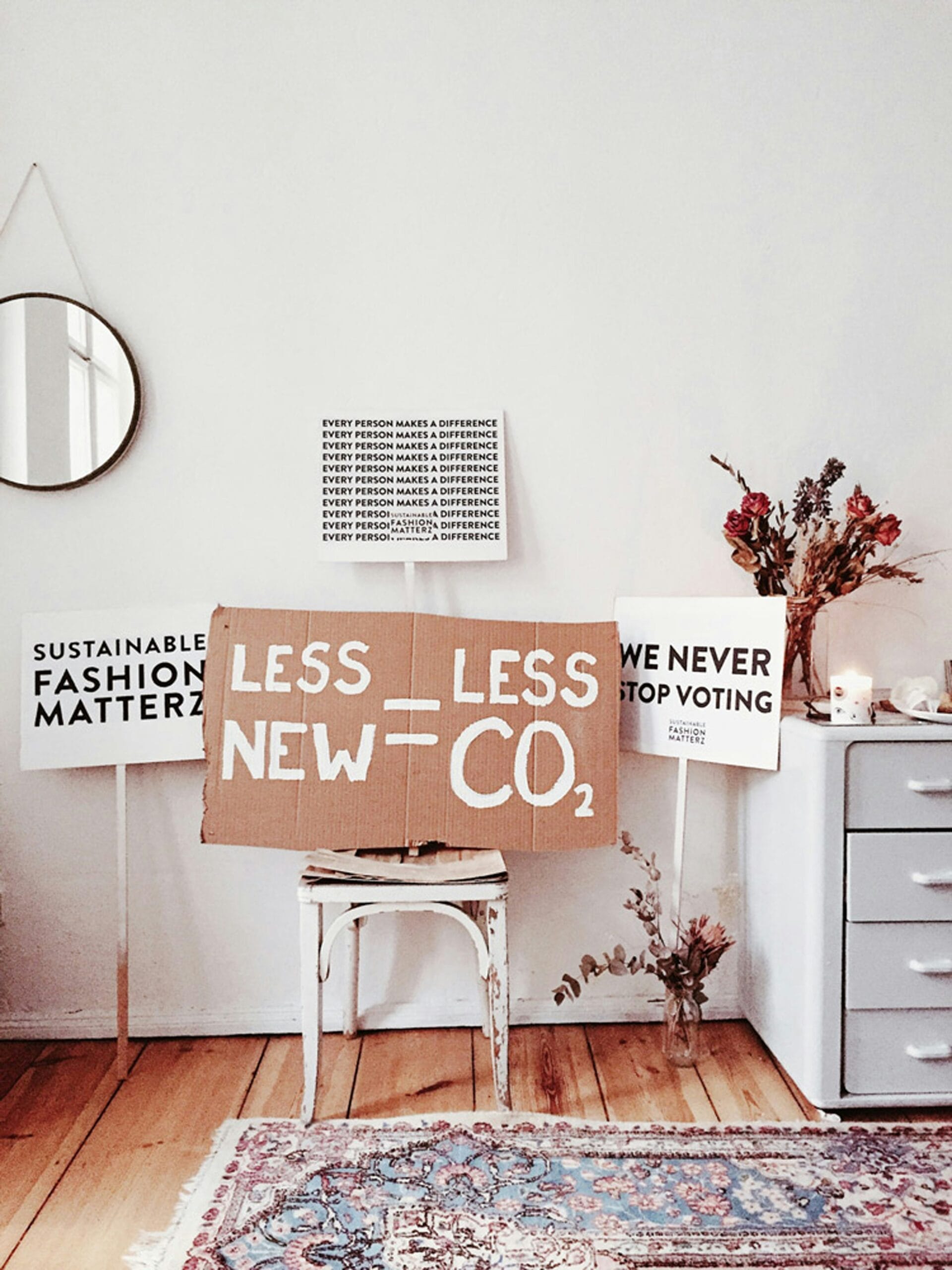Global Fashion Trends in February 2025
February 2025 has been marked by a significant evolution in the global fashion landscape, reflecting profound changes in consumer preferences and the broader cultural milieu. One paramount trend is the substantial rise of sustainable and circular fashion, driven by a growing awareness of environmental issues. Many brands, including established names and unique brands emerging from regions like Turkey and France, have adopted practices that prioritize the reduction of waste, promoting recycling and upcycling to enhance their textile offerings.
The integration of artificial intelligence in design processes has emerged as another notable trend. Innovative technologies are being utilized to streamline production, enhance creativity, and offer personalized experiences to consumers. Brands are harnessing AI to analyze consumer data and preferences, enabling them to craft clothing that resonates with individual tastes. This shift towards technology acknowledges the changing dynamics of consumer demand, which increasingly favors personalization and inclusivity.
Additionally, cultural movements have played an influential role in shaping fashion choices during this period. The rise of diverse voices in the fashion narrative reflects broader societal changes and values, driving brands to become more inclusive. The quest for representation is now a crucial factor influencing design, as consumers seek brands that align with their identities and lifestyles.
The combination of technological advancements, a focus on sustainability, and shifting consumer values has created a unique environment in the fashion industry. As brands around the world strive to remain relevant and connected to their audience, it’s clear that the dynamics of fashion are not only about aesthetics but increasingly about social responsibility and innovation. This evolving landscape presents both challenges and opportunities, ultimately fostering an atmosphere of creativity and collaboration within the global textile market.
European Fashion Dynamics
In February 2025, the European fashion scene, particularly in cities like Paris, Milan, and London, has exemplified a fascinating fusion of heritage and innovation. The major fashion capitals have become hubs for expressing creativity while shifting towards sustainable practices in response to increasing market demands for eco-friendly products. Brands that were previously focused solely on aesthetics are now embracing a more responsible approach, weaving sustainability into their core practices.
Paris, synonymous with classic elegance, has witnessed a resurgence of vintage-inspired styles reimagined for the contemporary wardrobe. Designers are drawing inspiration from fashion’s rich history while incorporating modern fabrics that align with eco-friendly initiatives. This blend results in a unique brand identity that charms both traditionalists and the new generation of ethically-conscious consumers.
Similarly, Milan remains a pivotal player in the fashion industry. Known for its luxurious textile production, Italian designers are now at the forefront of integrating technology into fashion. The rise of digital fashion shows and augmented reality experiences reflects an evolving marketplace where consumers embrace virtual interactions. This shift not only enhances brand visibility but also allows for a broader reach, particularly appealing to the younger demographic, which is increasingly influential in the industry.
London’s fashion landscape is characterized by its creativity and boldness, where designers often push boundaries and challenge conventional norms. The emergence of streetwear as a dominant force underscores this vibrancy, with British brands blending casual aesthetics with high-fashion elements. This dynamic environment has given rise to numerous unique brands that captivate global audiences, further solidifying London’s status as a trendsetter.
The interplay between traditional craftsmanship and modern innovation in these European capitals underscores a significant transformation in the fashion dynamics that reflects current consumer values and market demands. As brands continue to adapt, European fashion will likely remain a cornerstone of the global industry, leading in both style and sustainability.
Turkey’s Fashion Momentum
Turkey has become a noteworthy player in the global fashion industry, emphasizing local craftsmanship and sustainable practices that resonate with the current trends of conscious consumerism. The fusion of Eastern and Western influences has long characterized Turkish fashion, creating a unique aesthetic that appeals to various markets around the world. Traditional techniques and designs are increasingly being integrated with modern twists, resulting in collections that are not only visually appealing but also steeped in cultural relevance.
The rise of local designers and brands in Turkey has played a pivotal role in this momentum. Emerging talents are gaining international acclaim, showcasing their innovative creations at prestigious fashion weeks and events. This new generation of designers is not only elevating Turkey’s fashion profile but also emphasizing the significance of quality and craftsmanship. The brands are committed to utilizing local materials and artisanal techniques, promoting a narrative that values authenticity amidst the fast-paced world of fashion.
Consumer demand for high-quality yet affordable luxury products is also surging in Turkey. Shoppers are increasingly looking for options that marry style and substance, leading to a boom in local textile production. This growing appetite has prompted established brands to reconsider their strategies, merging affordability with high-quality textile standards. By doing so, they are carving a niche within the global market, appealing to a diverse clientele that appreciates the blend of modern designs with traditional craftsmanship.
Moreover, as sustainability continues to be a priority for many, Turkish brands are adopting eco-friendly practices that prioritize the environment. This commitment not only places Turkish fashion at the forefront of ethical practices but also aligns it with global movements advocating for sustainable fashion solutions. Overall, Turkey’s unique position in the fashion landscape exemplifies the country’s ability to trendset while remaining rooted in its rich culture and heritage.
Intersection of Global and Local Trends
The fashion industry is a complex tapestry woven from both global and local threads, with designers and brands continually influenced by each other’s innovations and tastes. In February 2025, this interplay has become more pronounced than ever, particularly in regions like Europe and Turkey, where cultural exchanges define market relevance and consumer preference. For instance, Montregard, a unique brand emerging from Turkey, exemplifies how local textile influences can resonate on a global scale. By fusing traditional Turkish motifs with contemporary designs, Montregard has captured a diverse audience that spans continents, effectively merging local heritage with international fashion sensibilities.
Moreover, the dynamic between high fashion and street style also reflects this intersection. In Europe, fashion houses often draw inspiration from local street trends, which themselves are shaped by global movements. Notable collaborations between popular global brands and local artisans have emerged as successful case studies. These partnerships not only promote local craftsmanship but also add a distinctive flair to global collections, offering consumers a richer narrative. For example, a French fashion brand may collaborate with artisans in Turkey to create garments that highlight intricate textile techniques unique to the region, appealing to a market that values both authenticity and global standards of fashion.
This symbiotic relationship not only influences product offerings but also affects marketing strategies, fashion shows, and retail experiences. Brands are increasingly taking a hybrid approach, combining international aesthetics with localized storytelling to engage consumers on a deeper level. As such, the future of fashion will likely continue to rely on understanding these intersections, where the cultural nuances of Turkey and the innovative styles that stem from France and beyond converge to form a richer global tapestry in the industry. In summary, this blending of local and global fashion dynamics is invaluable for brands aiming to navigate the complexities of today’s consumer landscape.
Future Outlook for the Fashion Industry
As we progress through 2025, the fashion industry is poised to experience significant changes driven by evolving consumer preferences and innovations within textile technology. Sustainable practices are expected to dominate discussions, particularly as brands aim to respond to increasing consumer awareness regarding environmental impacts.
Emerging trends suggest a growing preference for circular fashion, where durability and longevity of garments are prioritized over fast fashion’s transient nature. This shift not only aligns with a consumer base that increasingly values sustainability but also presents opportunities for brands to innovate in production processes. Additionally, the integration of technology into fashion will redefine trends, enabling personalized consumer experiences through data analytics and artificial intelligence.
Challenges, however, remain on the horizon. As the industry shifts, brands must navigate the complexities of supply chain sustainability and the ethical treatment of workers in the textile sector. The push for inclusivity and diversity within fashion will also require brands to adopt more representative practices, ensuring that their collections reflect the rich tapestry of cultural identities globally.
Furthermore, the demand for unique designs fuels competition as emerging designers challenge established brands. The success of popular fashion houses will ultimately hinge on their ability to adapt to these shifts while delivering quality and innovation. This dynamic landscape, marked by a blend of creativity and responsibility, offers numerous opportunities for growth.
In conclusion, the fashion industry in 2025 is set to be a fertile ground for brands willing to embrace change, emphasizing sustainability and inclusivity, while also appealing to a diverse and conscious consumer base. The combination of innovative practices and a commitment to ethical standards will shape the future of fashion significantly.



